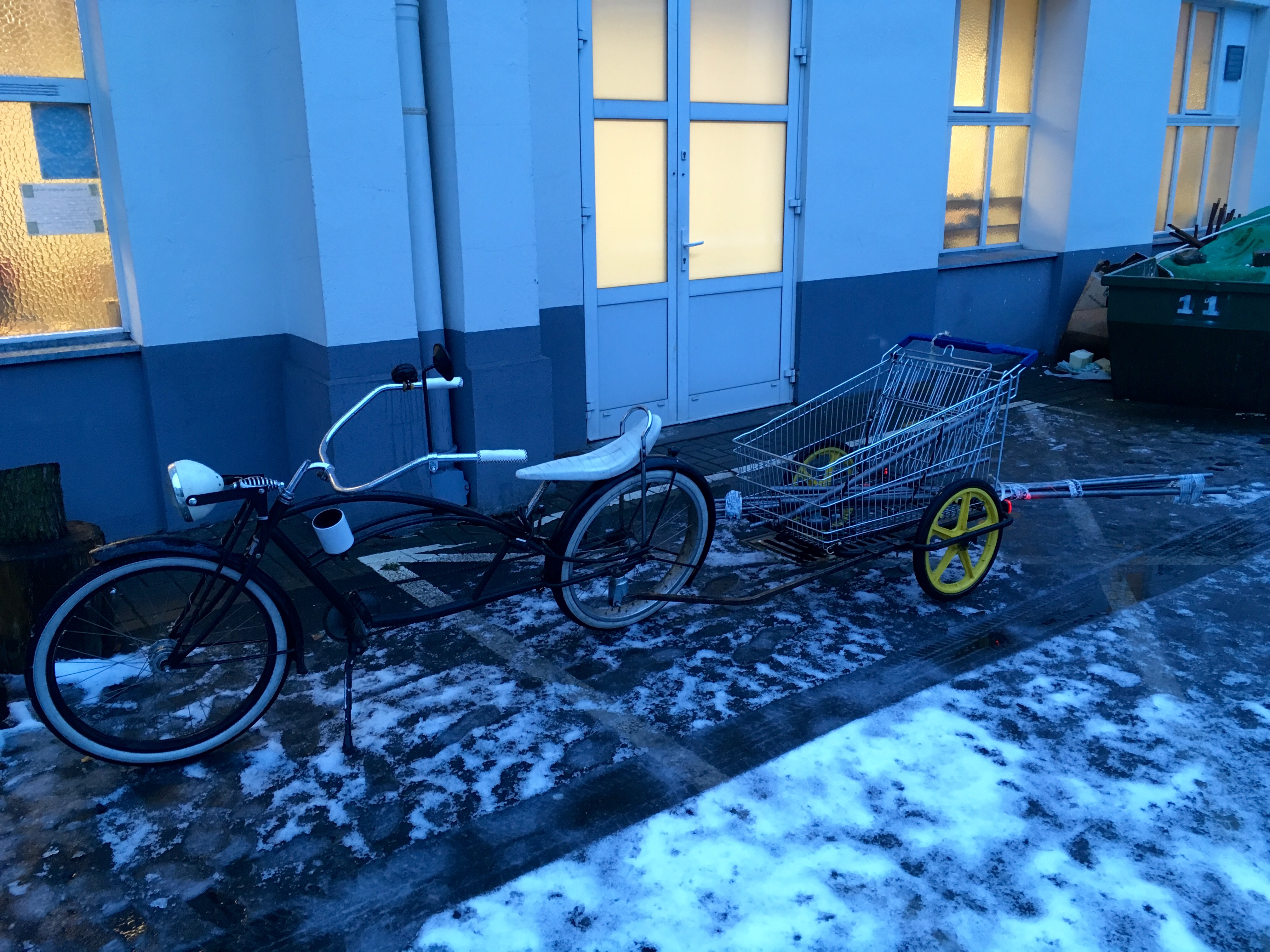Totally agree with Joe. I have a single speed Felt Scythe with a forward pedal frame...and it desperately needs some gears 
Jason

Jason


That's good information for the test bike that I've started (HERE). I'm planning to use the derailleur set-up from the donor bike. I'll have to check to see what gears are on the cassette.A 42 or 44-tooth crank w/a 13-34-tooth 5 – 7-speed freewheel/cassette should be enough to handle most hills without overstrain issues. This configuration should provide Gear Inch numbers low enough for climbing and yet tall enough for safely for going downhill without the risk of piddling-out.
“Bad Finger’s” Gear Inch numbers are 32.117 - 99.272 Gear Inches with a 7-speed Shimano MegaRange freewheel.

That's a pity! Back in the days when i used to live in Amsterdam i used to ask a local blacksmith to order tubes for me when he made bigger orders to his supplier. He could get me anything, but i had to wait for that to happen.My local steel supplier doesn't stock thin wall tubing.

Thanks! Since the last year (when that pic was taken) i got it powder coated black, now it looks even better. Still am looking for nice wide whitewall tires and painting or replacing the wheels, but i'm not in a rush with that. The hitch is made of the wheel of the original supermarket trolley i used, the wheel itself was replaced by the axle connecting the wheel-base with the bearing to the trailer rod. It is bolted to two bent sheets of steel and with a sick piece of rubber wrapped over the chain-stay. The rubber provides third axis of freedom without scratching the paint. The only flaw of this system is that it would not work over non-round tube chain stay. That is not often a case, but for example my Electra Ghostrider has a oval-shaped tubing there. Anyway, now i am almost always using it with my "truck" bicycle - Electra Delivery, which i have assembled with the lower gearing especially to allow it to tow the heavily loaded trailer easily. One of more recent pictures of this trailer can be found here. It also allows to flip the rear wall and to use it with a cushion as a passenger seat - very comfortable solutionStarnger, That trailer setup is awesome! love the hitch setup.
Enter your email address to join: